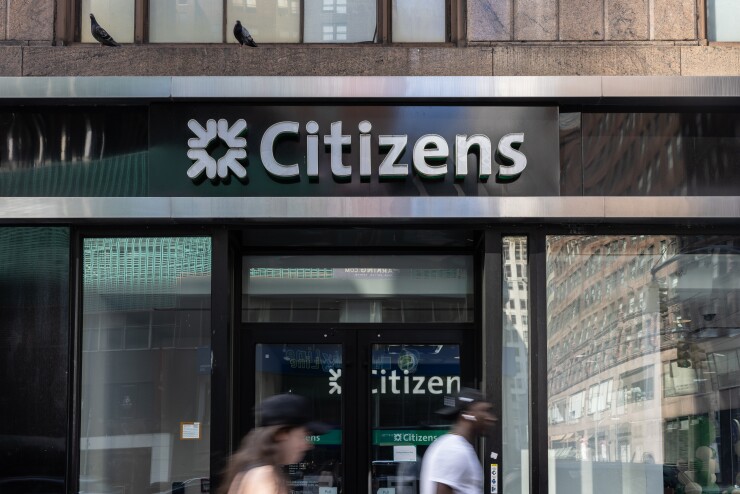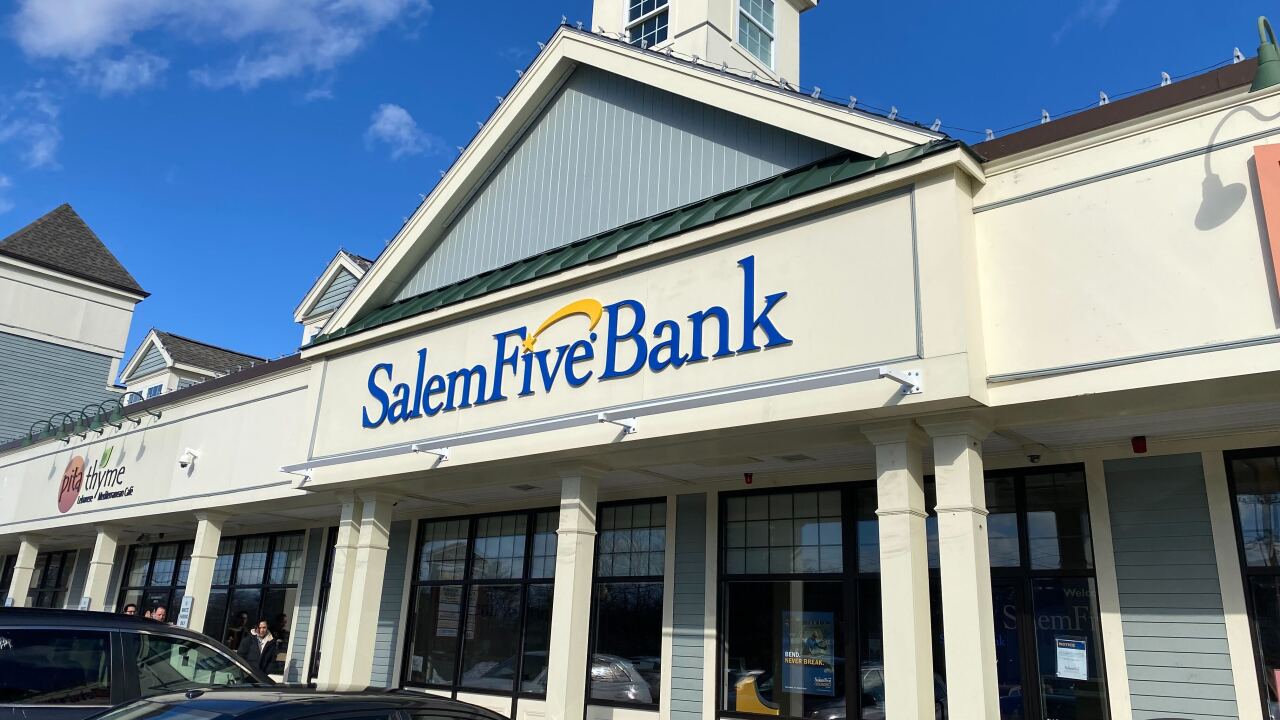
If a business wants to let a software program consume its banking data, it typically needs to go through a long series of processes, involving extensive paperwork and implementation, to do so. Citizens Bank is removing this pain point for its commercial customers by including them in the bank's recently launched open banking software.
The trend toward increased open banking and data accessibility is reflected in
The open banking trend has been growing for the past couple of decades as consumers and businesses seek to use apps and software programs that depend upon their financial information to work effectively, such as personal financial management or enterprise resource planning programs. Some people refer to it as "1033,"
"Corporations are not covered by 1033," Eyal Sivan, general manager of North America for Ozone API and host of the Mr. Open Banking podcast, told American Banker. "The focus of 1033 is personal data. So they really weren't obligated to create anything in that space. The fact that Citizens has implemented the API for corporate accounts and solved for use cases on behalf of them is unique and noteworthy, and it absolutely opens the door to business-related open banking opportunities in other geographies. That, in and of itself, is forward thinking."
To be sure, some banks with large commercial client bases have created application programming interfaces, or APIs, for their business customers to use. An API is a type of software that allows the exchange of specific fields of data between applications.
It's not entirely unlike the digital software equivalent of putting a bank slip asking to view an individual account balance into the pneumatic tube at a bank branch drive-through, with the bank "reading" the request and sending back only the information needed to fulfill the "slip." In this analogy, the API serves as the method of transport between the bank and the requester — usually a fintech or other third party, operating with the individual consumer's permission.
APIs enable customers to voluntarily share their financial information with fintechs hosting budgeting, wealth management and other financial apps. This approach is less risky than insecure data aggregation methods such as screen scraping.
Citizens developed its API in 2023 and launched in beta in mid-2024. In the second half of 2024, Citizens saw a major increase in API traffic and a 95% reduction in screen scraping volume, according to Citizens' head of enterprise payments Taira Hall. The bank officially announced the API's launch in early 2025.
"The timeline for fully moving away from screen scraping is being actively managed, with the goal to eliminate the remaining 5% of screen scraping through additional connections later this year," Hall told American Banker.
Citizens built its open banking API for commercial customers using industry standards from the Financial Data Exchange. Hall said the bank followed FDX's API and data formatting standards "in order to serve both consumers and businesses through a single configuration based on user credentials, entitlements, and permissions."
The tech and payments teams at Citizens decided to focus on building its open banking API capabilities in response to business customer demand, according to Hall.
"There were business lines calling out for better data sharing capabilities," she said. "Citizens saw a chance not just to build a capability to industry parity, but also to create something differentiated that would go beyond and meet the needs of existing and future clients."
The bank also combined data sharing for all of its customers — individual, retail, commercial and private — into a single API. This allows data aggregators to connect once and get data for all Citizens customer types. That feature makes Citizens' open banking API easier to work with for a third-party fintech than banks that build multiple versions of their open banking APIs for each type of customer.
"That's going to make integration easier, and it certainly took some work to make that happen because those customers are all different," Sivan said. "The fundamental structure of a corporate customer and a retail customer are different, for example, and the kinds of information you might get back are different. The API has to have some smarts to be able to essentially fork between one customer type and dataset to another customer type and dataset."
Typically, the different account types that banks service are split up across different teams and departments. Corporate and personal accounts are often separated within a bank's operations, for example.
"I'm scratching my head a little going, is this a solution for the sake of building a solution, as opposed to solving a real problem?" Sivan said.
However, Sivan noted what he called potential "edge cases" for combining different account types into one overall API.
"By combining them you could also do some cool things," he said. "You could have single visibility. In smaller businesses that might make sense — let's say I'm a sole proprietor and I have a business, but I also self-finance the business, and I want a view of both my personal finances and my business finances in a single shot. With this maybe I can leverage one into the other. If you were trying to solve for that and you had two separate APIs, that would be worse than having one API that could just get you both. So there's some interesting opportunities there."






